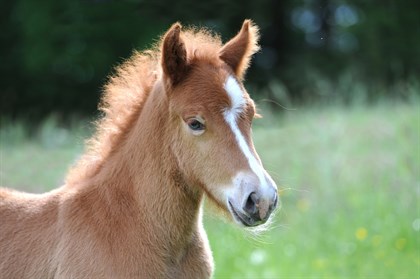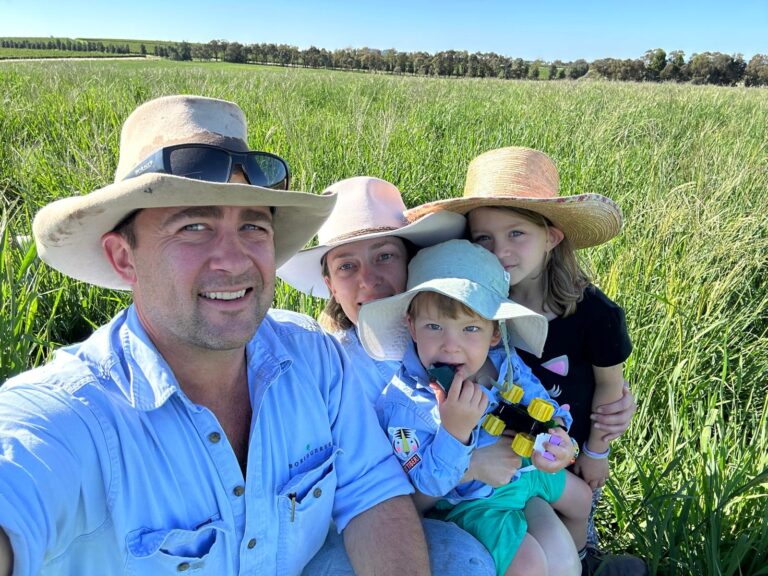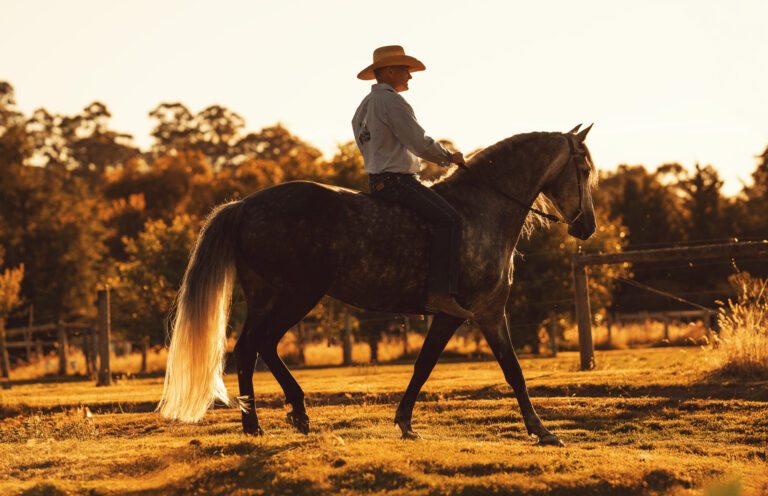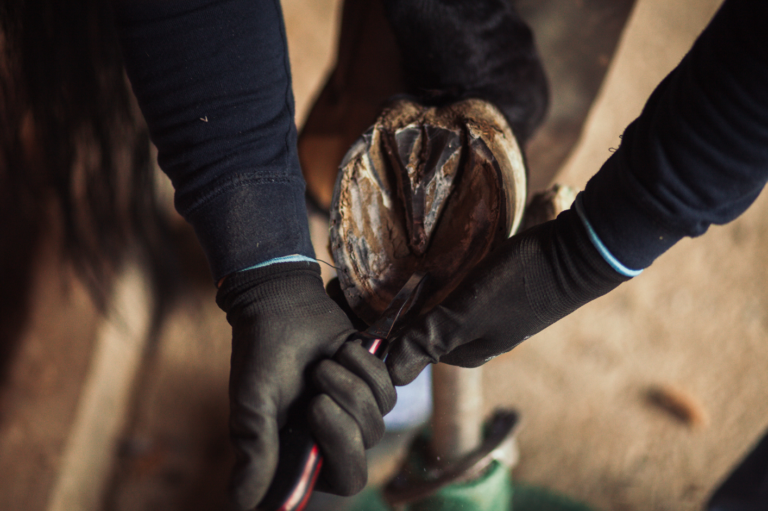This article has appeared previously with Equestrian Life. To see what’s in our latest digital issue, click here.
The nutritional regime that the foal has received from its mother in utero is its template for a healthy useful life or a recipe for vets’ bills and death or euthanasia. Genetics versus environment is an age old conundrum but modern research is providing evidence for environmental causes for most diseases and problems. So consider that your foal’s life starts before your mare goes to stud. Mares which receive adequate nutrition and are neither too fat nor too thin have the best chance of producing and raising healthy offspring.
Younger mares are generally better doers while the matriarch of your stud who has produced numerous foals may need more specialised care. However in all cases mares should be fed a nutritionally balanced ration. During the last two months of the pregnancy about 46 percent of the foal’s birth weight development occurs. The supply of minerals and trace elements must be adjusted to this need. In utero the foal creates a copper reserve in the liver to tide over the first three months after birth, while the dam’s milk, which is low in copper, is the main source of nutrition. Copper is needed in the enzyme that catalyses collagen production. Collagen is fibrous protein and is an important constituent of cartilage. It has been proved that increased levels of copper in the mare’s diet will reduce the incidence of DOD (developmental orthopaedic disease), and that supplementing rations with high levels of copper, zinc and manganese, properly balanced, will produce denser, and hence stronger, bone in yearlings. Once formed cartilage must be mineralised by calcium, phosphorus and magnesium. Calcium to phosphorus ratio of 2:1 is ideal in concentrates to be fed to foals.
The first months of a foal’s life are crucial to the orthopedic development and often disorders do rear their ugly heads particularly in relation to ligaments, tendons and bones. It is important that foals have access to feed from an early age with their mothers; in this way they learn to eat and later stresses such as weaning are much less traumatic. It is essential that they are neither too fat nor too thin. Creep feeding can be useful but sometimes foals need a lot less access to feed than their hardworking mother who generally will be back in foal as well as feeding junior. Excessive energy intake may lead to over rapid bone growth, often the cause of contracted tendons leading to problems with club or boxy feet and DOD and unsoundness. Daily monitoring of the foal’s growth and a watchful eye for any angular limb deformities is desirable. Remember that while the growth plates are still open it is possible to correct significant deviations in limbs. It may only be necessary to restrict the foal’s exercise or farrier or vet intervention may be required.
Regular attention from the farrier leads to good manners as well as straight legs. If you have wonderful pasture little supplementary feeding will be necessary but do provide access to required minerals and vitamins.
Most foals start to nibble blades of grass and share mum’s feed from early days. Remember to keep the mare regularly wormed leading to birth and after foaling and later along with the foal’s first worming. Foals sometimes show a depraved appetite, manifested by eating faeces, tails and trees. Generally this is an indicator that they are lacking in the mineral department. A liking for tails is also allied with a lack of roughage in the diet, so make sure mares receive adequate hay.
Although within 20 minutes of birth a foal may stand and within hours be ready to run for its life, its bones will have only 17% of their mature mineral content and only 10% of their mature body weight. Research with thoroughbreds and other light horse breeds indicates that by 6 months of age foals will have achieved 84% of their mature height. Although it is pleasing to the eye to have youngsters in ‘show’ condition it is often not in the best interests of their long time soundness. Studies have shown that there is reduced nutritional value in mares’ milk by the time the foal is 2 months old so other supplementation is necessary.
Whilst hindsight is wonderful you cannot make up for something that you missed earlier. Genetics often plays a part with a predisposition for a number of development disorders such osteochondritis (OCD), where there is loss of ossification resulting in chips, but there may also be a correlation with environmental factors such as too much feed and or restricted exercise. A balanced nutrition is of utmost importance during growth spurts. Various forms of DOD can occur at any stage in a youngster’s life but they arise most commonly during the first few months and also after weaning (8–10 months of age). Many factors are thought to contribute to the incidence of DOD, including genetics, but it must be wise to ensure that you are not adding to the risk by feeding incorrectly. Feeding unbalanced rations that provide excess energy (calories) in relation to protein definitely causes an increased incidence of DOD in young stock.
For some people it is impractical to feed foals much before weaning, however try to introduce feed 3–4 weeks before weaning to prevent a post-weaning slump followed by a growth surge, and to acclimatise the gut, and gut flora to the new ration. Start gradually and build up to a nutritious intake before weaning. A feed containing probiotics would be beneficial during this period of stress and dietary change.
READ THE LATEST NEWS ARTICLES HERE








